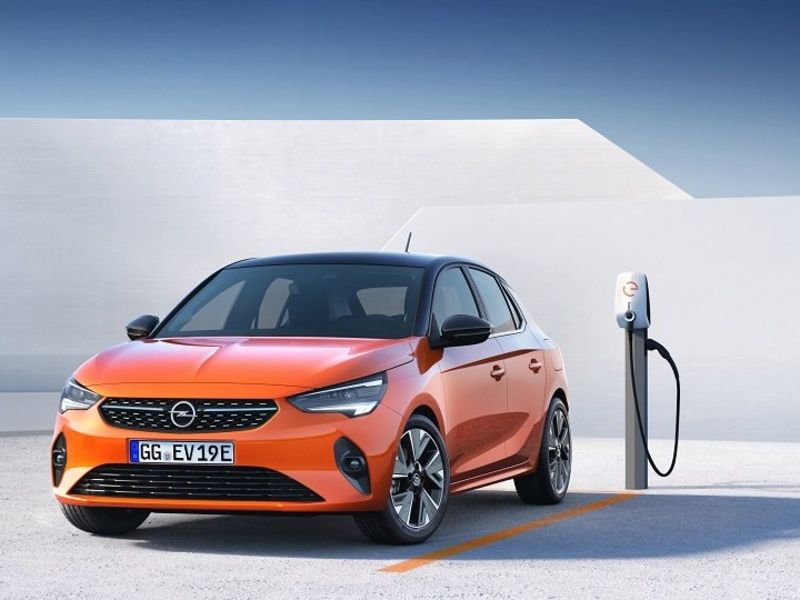
PARIS — The merger with Fiat Chrysler Automobiles to create Stellantis will have both immediate and far-reaching effects on PSA Group, which has made record profits under CEO Carlos Tavares, even as its sales volumes and international footprint contracted inward toward Europe.
The merger will create a challenge on a global scale for Tavares, who has successfully tested his management theories and turnaround strategies first at PSA, which had barely escaped bankruptcy when he took over in 2014, then at Opel/Vauxhall, which was losing billions annually under GM ownership before PSA acquired it in 2017.
With FCA’s brands and expertise, Tavares will have the tools to create a global automaker that can both overcome PSA’s weaknesses and enhance its strengths.
Peugeot and Citroen never rose above being niche players in the U.S., and Tavares has been eyeing a return to the lucrative market since 2016. The addition of Opel/Vauxhall and a decline in the China business meant that by 2019, more than 75 percent of PSA’s revenue was generated in Europe.
Seeking to diversify, PSA established a U.S. beachhead in mobility services with the intent to sell Peugeots at retail outlets by 2026, but Tavares warned that he would not do so if it meant “a sea of red ink.”
That is no longer a concern with the addition of FCA’s highly profitable Ram and Jeep brands, and they also bring with them a U.S. dealer network that could mean an outlet to sell other Stellantis brands adapted for American tastes — not only Peugeot or Citroen but also a retooled Alfa Romeo or Fiat.
Both North and South America seem in good hands with the news that FCA CEO Mike Manley will be heading those regions for Stellantis.
The world’s largest auto market was once PSA’s largest, too, with more than 700,000 sales in 2014. But China sales have slumped to well below 100,000 annually, and last year PSA was forced to dissolve one of its two joint ventures, with Changan, and the other JV, with Dongfeng — a major PSA shareholder — lost more than 300 million euros ($364 million) in 2019.
But Tavares has insisted he is in China to win and has put in place the Yuan turnaround plan with the goal of recovering about half of that lost volume.
FCA has also struggled in China. Tavares has said the two automakers will have a better chance of success as collaborators.
PSA has two modern platforms, CMP and EMP2, that can take gasoline, diesel, plug-in hybrid (EMP2) and full-electric (CMP) drivetrains. It has boosted profits by quickly adding hundreds of thousands of units of Opels and Vauxhalls on those platforms, first with the new Corsa small car on the CMP architecture, and next with the Astra compact on EMP2.
The next generation of small FCA vehicles will be on PSA platforms, adding even more profitable volume. Coming next: the e-VMP architecture, a modified EMP2 platform that is designed specifically for battery-electric vehicles.
The merger will also bring other benefits to the soon-to-be-former PSA: Fresh thinking from FCA engineers, designers and managers; improved purchasing leverage; and better returns on capital expenditures and R&D spending.
The divestiture of PSA’s stake in supplier Faurecia, which it controlled, will be largely neutral. Faurecia’s finances are in decent shape after recovering from the 2008-09 global financial crisis, and it did not enjoy special status with PSA as a customer.
In an interview with Automotive News Europe, Tavares emphasized the role of new ideas at Stellantis.
“The fact that we are bringing the two companies together may also be an opportunity to be challenged on the things that we could even do better, and this is true for the Americas as much as for Europe,” he said. “PSA has been very successful in Europe, but that does not mean that we are doing everything very well.”
A historical footnote: The creation of Stellantis will mark the disappearance of Peugeot as an automotive group (“PSA” stands for Peugeot S.A.) after 45 years.
PSA was created in 1976 after Peugeot merged with Citroen, and added Chrysler Europe in 1978. It added control of Faurecia in 1998 after its in-house supply brand, ECIA, took over the supplier Bertrand Faure (creating Faurecia). The acquisition of GM’s European operations (Opel/Vauxhall) in 2017 completed the group.